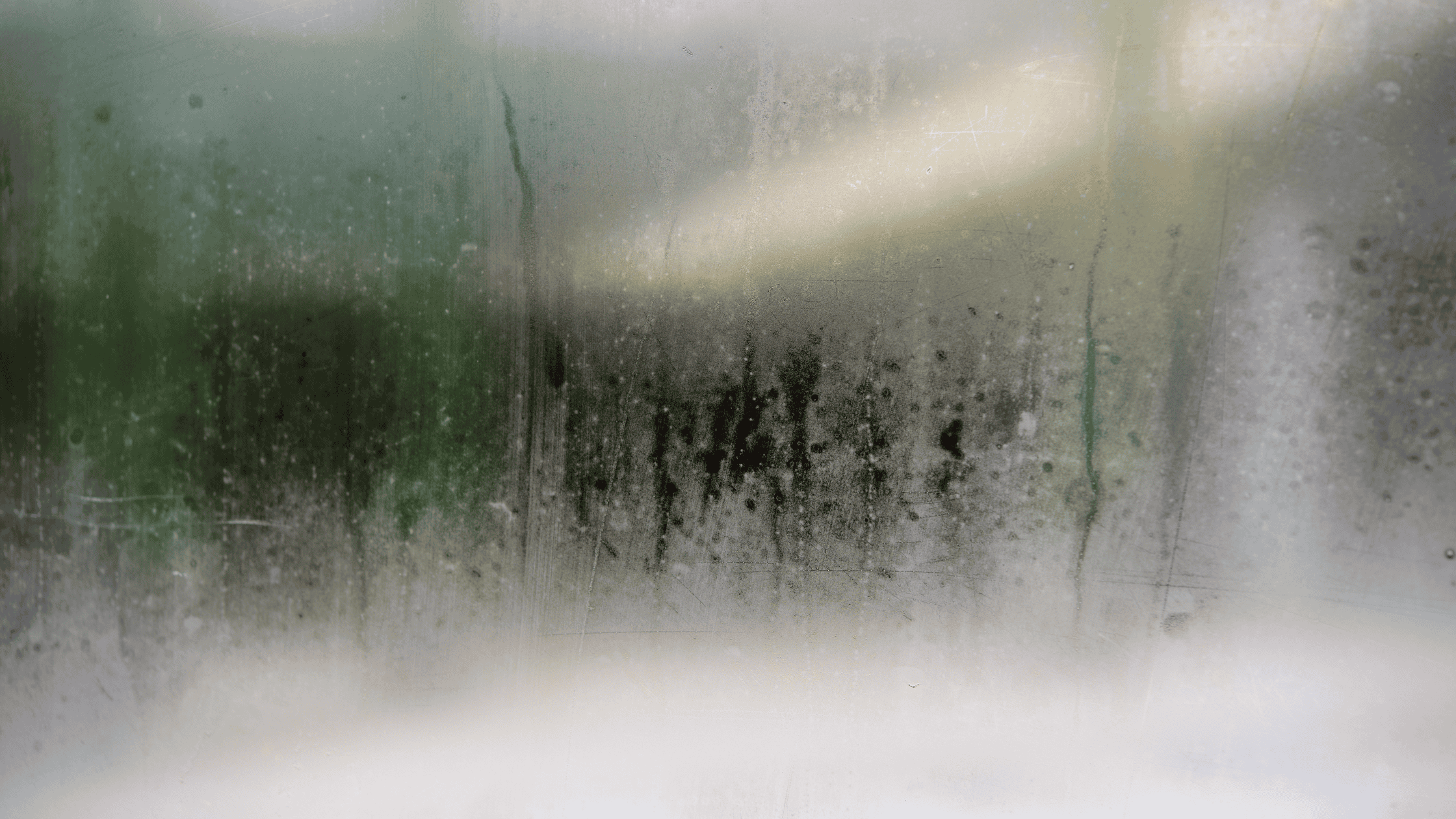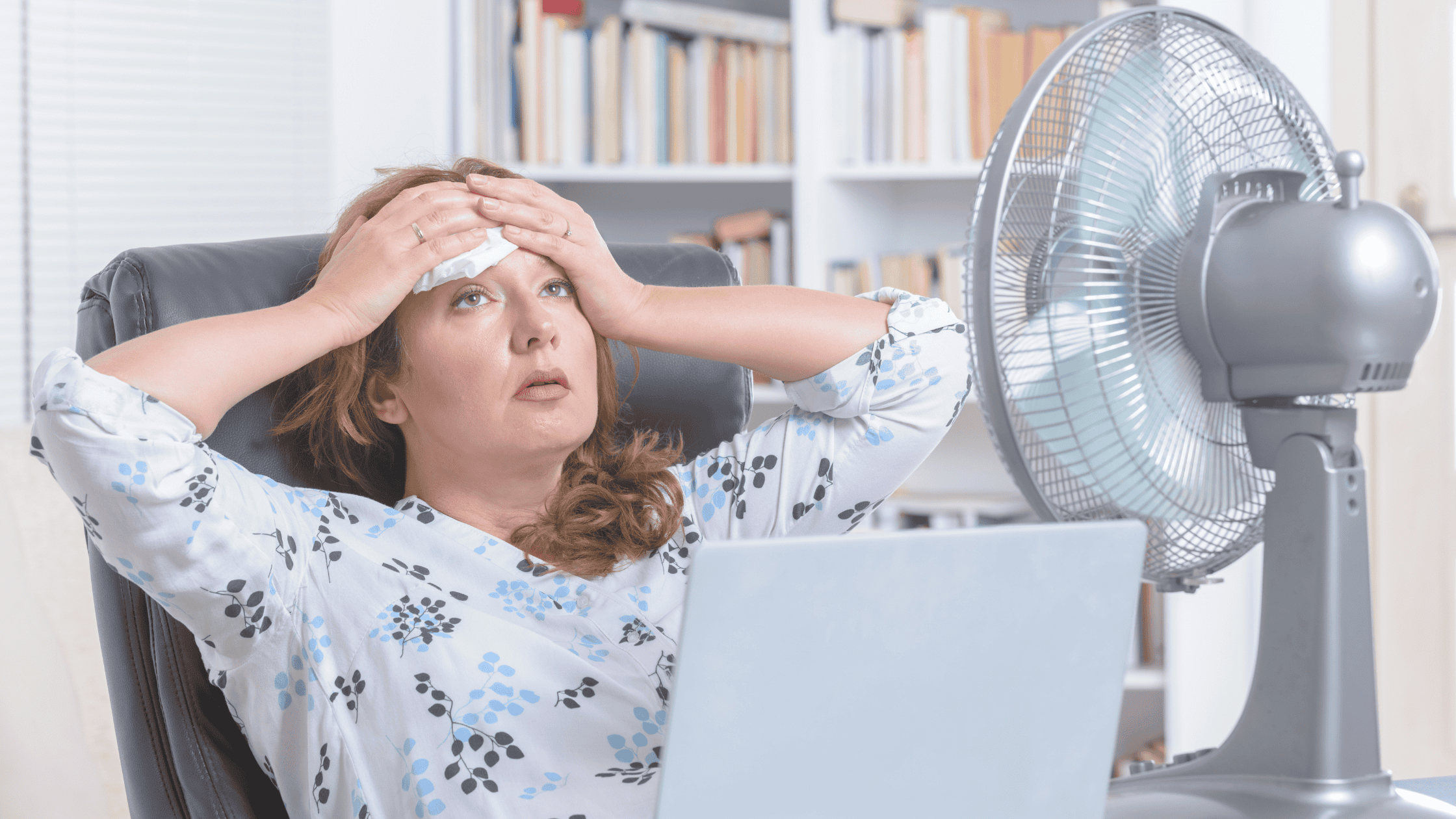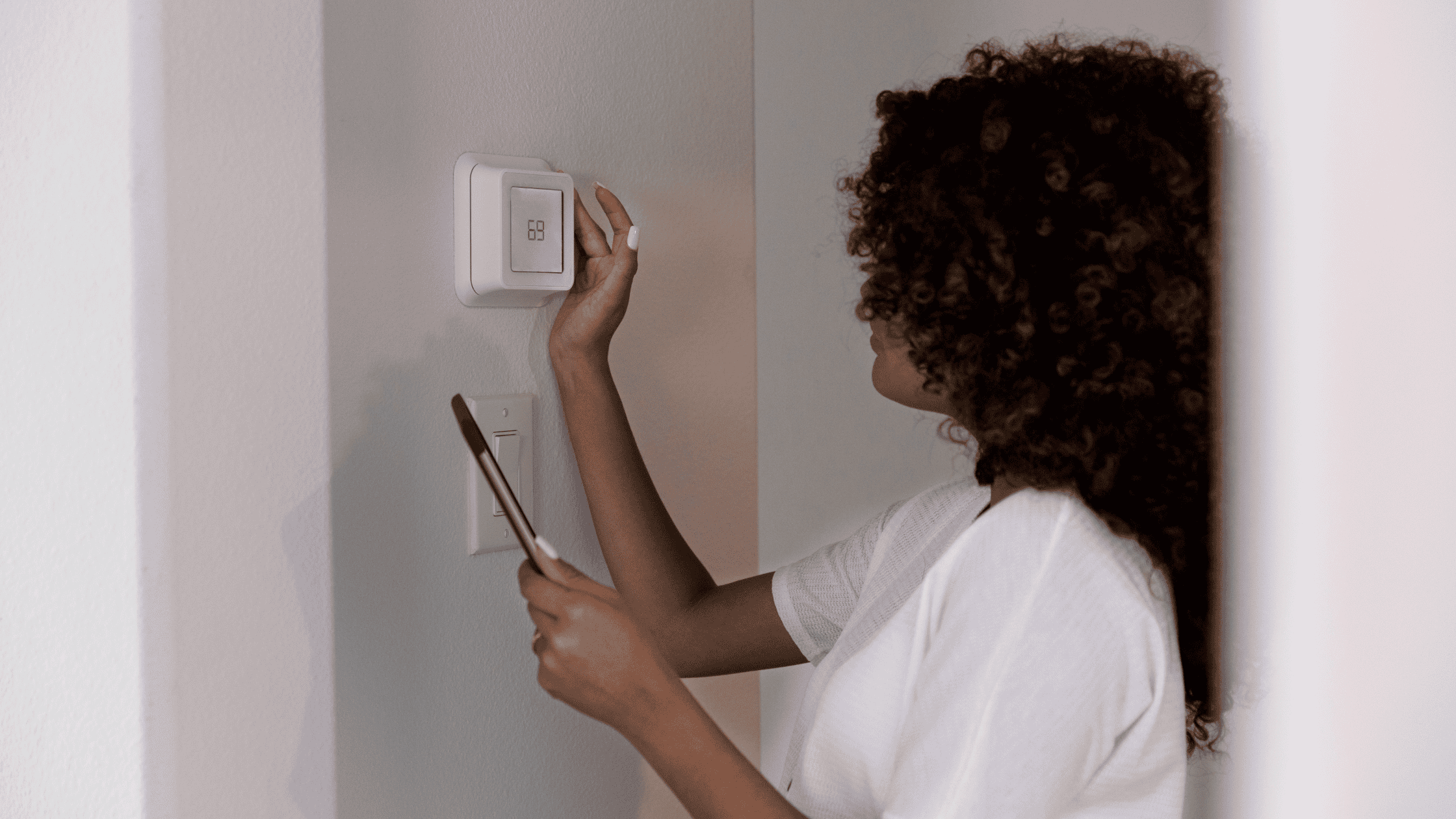It’s easy to blame the temperature for indoor discomfort, but the culprit is often humidity. Minneapolis summers can be wonderfully mild, but when a cold spell comes or a heat wave hits, you may notice your home becomes dry or muggy. Learn how to manage your home’s indoor humidity with these insider tips!
Getting More Familiar With Indoor Relative Humidity
Humidity refers to the moisture level in the air. High humidity occurs when moisture condenses in a hot environment, creating excess moisture in the air. Low humidity occurs when the air cannot hold moisture well. A humidity level that is too high or low can cause an array of issues for Minneapolis residents.
Effect on Air Quality: High relative humidity measures increase the presence of air pollutants like mold spores, bacteria, and viruses in the air. This can lead to mildew growth and mold growth. It also causes the air to feel heavy and hot, creating a persistently uncomfortable environment and lowering sleep quality. Low humidity can create a dry heat that is just as unsafe and unpleasant.
Effect on Health: High or low humidity can exacerbate health conditions like allergies, itchy eyes, flaky skin, asthma, and other respiratory issues. It also increases exposure to bacteria that can spread viruses. The troublesome environment also leads to less REM sleep, lowering a household’s overall health.
Effect on Property and Belongings: Wood furniture, wallpaper, paint, drywall, and other surfaces can expand or peel with high humidity levels. Electronics may not work properly, doors and windows may stick shut, and house plants may wilt or smell funky. Drastic temperatures and humidity can even compromise the integrity of your roof or foundation.
Sources of Humidity in Minneapolis Homes
Many factors can impact your home’s relative humidity, from the warm or cold weather outside to your houseplant collection, laundry routine, and more.
Daily Activities
Unfortunately, some daily, must-do activities create water vapor and contribute to the unpleasant humidity in your home. Any activities or chores that create water vapor will raise indoor humidity levels.
Showering, taking a bath, washing dishes, running the dishwasher, washing clothes, drying clothes indoors, and stovetop cooking often increase humidity by releasing water vapor. Most appliances that use heat, like coffee makers and toasters, also increase relative humidity.
Items That Affect Indoor Humidity Levels
You might have some items in your home that contribute to the high humidity. Certain plants release moisture into the air, while others reduce it.
Stored firewood can also release moisture. If you keep fresh-cut firewood next to your fireplace, it will slowly increase the humidity. Consider moving these items outside or adjusting your plant collection to meet your humidity needs.
Property Issues
Certain property issues affect your relative humidity, such as plumbing leaks, a wet basement, misdirected downspouts, poor ventilation systems, damp soil around the house, or a compromised foundation.
If your downspouts do not direct water far enough away from your foundation, the moisture can seep in. Water pooling in basements will increase humidity throughout the home. Even watering plants too close to the house will add moisture to the inside air.
Seasonal Weather
Of course, the outside weather substantially impacts your indoor air. While the temperature difference between inside and outside during winter can cause a rise or drop in relative humidity in an indoor environment, summers are usually worse.
The drastic humidity levels outside often push moisture into your home, creating an uncomfortable environment. Hot air holds moisture more easily than cold air, so any warm air entering your home can increase the humidity. On the other hand, cold air can reduce moisture for a dry feeling.
7 Ways to Manage Indoor Humidity Levels in the Summer
Take charge of your indoor humidity with these seven strategies. Some involve upgrading your HVAC system, while others offer tips on naturally managing humidity.
Avoid Creating Warm Air
A great way to avoid a humid home is to be mindful about creating humidity. The activities mentioned above, like hot showers, cooking, and doing laundry, all create humidity.
To avoid creating loads of moist air, take cold or short showers, use your oven rather than the stovetop, do laundry less frequently, and use cool washer and dryer settings. You can also air dry your clothing outdoors. To manage low humidity, do these activities more often!
Upgrade HVAC With a Dehumidifier
Adding a whole-home dehumidifier to your home’s HVAC system is a brilliant and effective way to control humidity levels. If you don’t want to change your shower, cooking, or laundry habits, a whole-home dehumidifier will allow you to maintain your routine without suffering in high or low humidity.
Utilize Fans and Ventilation
One of the easiest ways to manage indoor humidity from daily activities is to use your ventilation and fans consistently. If you have ceiling fans, keep them on as often as possible to move moisture in the air. This circulation can reduce humidity and condensation.
Use fan ventilators in the shower or open the bathroom window. Use stovetop ventilators and hoods to prevent cooking condensation from adding moisture to the air. Portable or standing fans in areas with concentrated humidity can help disperse the moisture.
Install a Smart HVAC System
If it’s time for a new air conditioner anyway, consider the benefits of smart air conditioners. These air conditioners don’t demand your attention; they’ll keep your home cool and manage indoor humidity levels without intervention.
You can set your thermostat to a specific temperature and relative humidity level, and then enjoy comfortable air for the rest of the summer. Your smart AC will adjust the temperature and fan using a humidity monitor to maintain the desired humidity and prevent moisture buildup or dryness.
Seal Your House
Air conditioning systems can maintain a comfortable humidity level on their own, but not if the outside air creeps into your home constantly. Seal your house thoroughly to ensure your AC can operate to its fullest potential.
This means sealing the edges of all doors and windows, closing fireplace flues, and securing any other place where air could enter the home.
Regular HVAC Maintenance
Regular HVAC maintenance ensures your HVAC system runs at peak performance, balancing the moisture in the air.
If your AC shows any signs of trouble, don’t hesitate to contact Schwantes for an assessment and solution. We can check your HVAC vents, filters, drain lines, drip pans, and more elements, replacing or cleaning anything that might be causing relative humidity to fluctuate.
Seasonal HVAC Inspection
Before your home becomes unpleasantly humid or dry, schedule an HVAC inspection at the beginning of the season. These inspections can catch problems early, preventing this uncomfortable situation from ever happening.
For those in humid climates, a seasonal inspection is a must. Before summer sets in, schedule your HVAC inspection and be ready for heat waves or humid days.
——
At Schwantes Heating & Air Conditioning, we understand the importance of having a comfortable home, especially during the hot Minneapolis summers. That’s why we offer top-notch AC inspection, maintenance, repair, and installation services to ensure that your home in St. Paul, MN, stays cool and comfortable during the hottest days of the year.
Contact us today at (651)-439-3331 to learn more about how to manage your indoor humidity!






